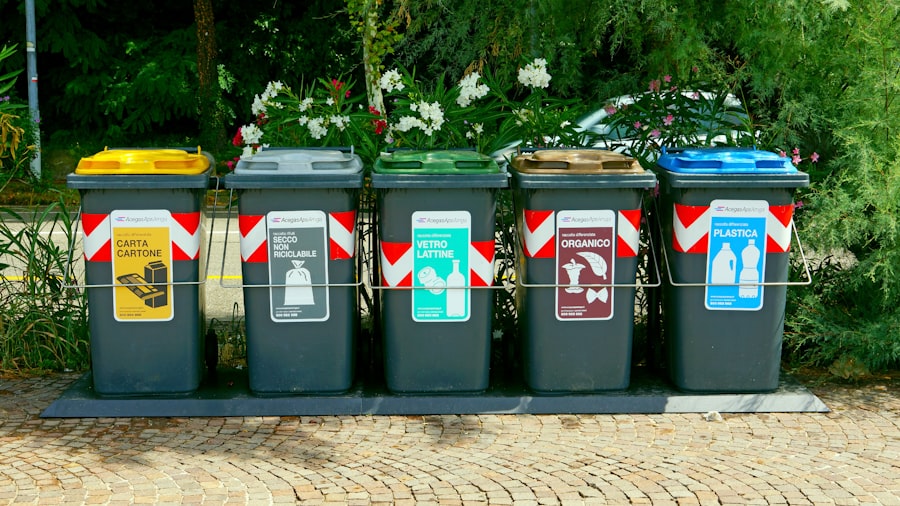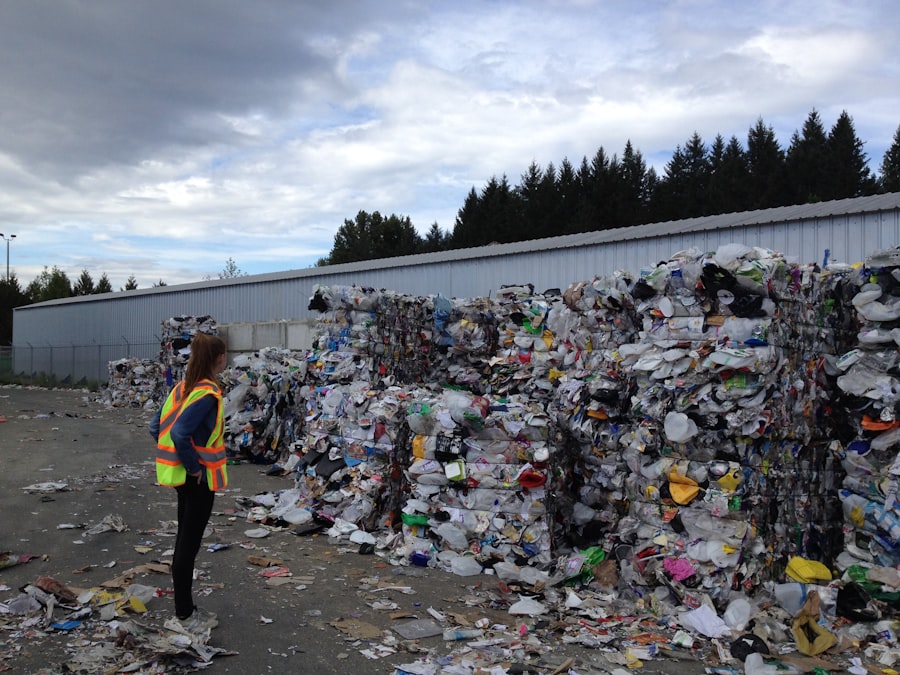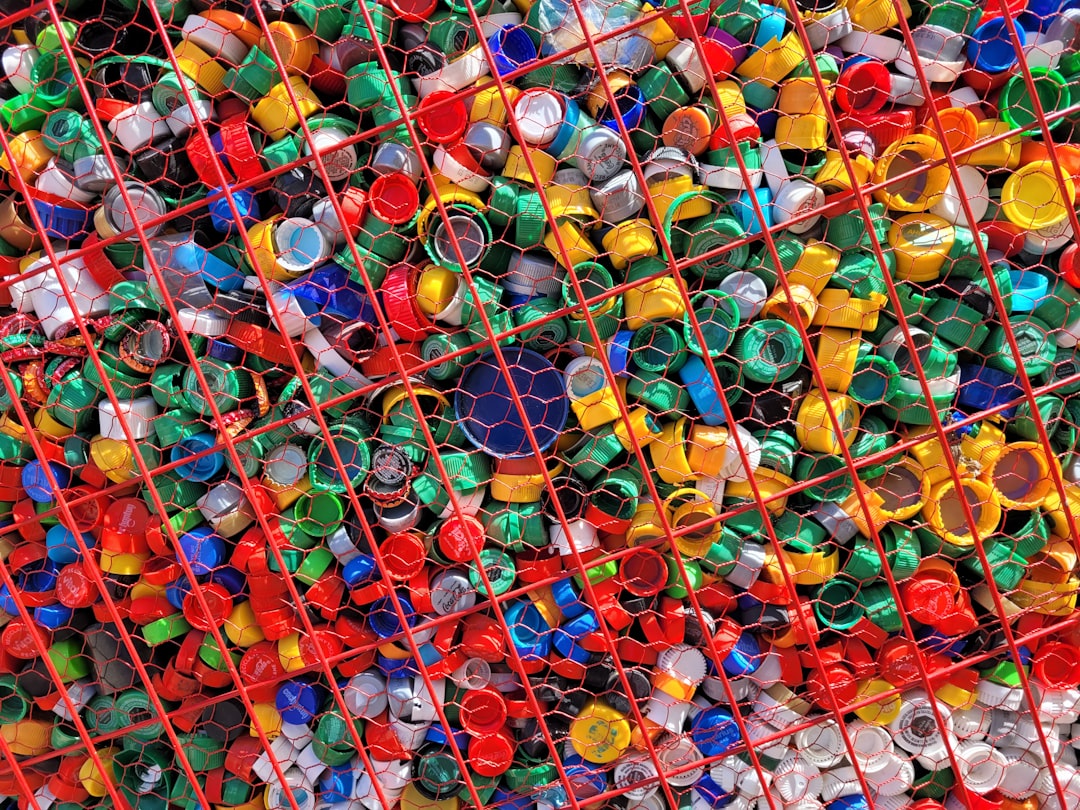Plastic bottle recycling has emerged as a critical component in the global effort to manage waste and reduce environmental impact. With the proliferation of plastic products, particularly single-use bottles, the need for effective recycling methods has never been more pressing. The journey of a plastic bottle from consumer use to its reincarnation as a new product is a complex process that involves multiple stages, each crucial for ensuring that valuable materials are not lost to landfills.
Understanding this process is essential for fostering a culture of sustainability and encouraging responsible consumption. The significance of recycling plastic bottles extends beyond mere waste management; it plays a vital role in conserving natural resources and reducing pollution. By recycling, communities can divert millions of tons of plastic from landfills and oceans, where they pose significant threats to wildlife and ecosystems.
Moreover, the recycling process itself can lead to substantial energy savings compared to producing new plastic from raw materials. As awareness of these issues grows, so does the importance of educating the public about the recycling process and its benefits.
Key Takeaways
- Plastic bottle recycling involves collection, sorting, cleaning, shredding, melting, and pelletizing to create new products.
- Advanced technology enhances the efficiency and quality of recycled plastic materials.
- Recycling plastic bottles significantly reduces environmental pollution and conserves natural resources.
- Economic benefits include job creation and cost savings in manufacturing processes.
- Individual participation through proper disposal and recycling habits is crucial for the success of recycling programs.
Collection and Sorting of Plastic Bottles
The first step in the recycling process is the collection of plastic bottles, which can occur through various channels. Many municipalities have established curbside recycling programs that allow residents to place their recyclables in designated bins for collection. Additionally, many businesses and organizations set up collection points to encourage recycling among employees and customers.
This initial stage is crucial, as it determines the volume and quality of materials that will eventually be processed. Once collected, the plastic bottles must be sorted to ensure that only suitable materials enter the recycling stream. This sorting process can be done manually or through automated systems that use advanced technology to identify different types of plastics.
The most common type of plastic used for bottles is polyethylene terephthalate (PET), which is widely accepted in recycling programs. However, other plastics, such as high-density polyethylene (HDPE) and polyvinyl chloride (PVC), may also be included in the sorting process. Proper sorting is essential, as contamination with non-recyclable materials can compromise the quality of recycled products.
Cleaning and Shredding of Plastic Bottles

After sorting, the next phase involves cleaning the plastic bottles to remove any residual contaminants such as labels, adhesives, and leftover liquids. This cleaning process is vital because impurities can affect the quality of the recycled material. Various methods are employed for cleaning, including washing with water and detergents or using specialized equipment designed to remove contaminants efficiently.
The cleanliness of the bottles directly impacts the success of subsequent recycling stages. Once cleaned, the bottles are shredded into smaller pieces, which facilitates easier handling and processing. Shredding increases the surface area of the plastic, making it more manageable for melting and further processing.
The resulting plastic flakes are then ready for the next steps in the recycling journey. This stage not only prepares the material for melting but also helps in identifying any remaining contaminants that may need to be addressed before moving forward.
Melting and Pelletizing
| Parameter | Unit | Typical Range | Description |
|---|---|---|---|
| Melting Temperature | °C | 150 – 300 | Temperature range for melting raw materials |
| Pellet Size | mm | 2 – 5 | Diameter of produced pellets |
| Throughput Rate | kg/hr | 100 – 1000 | Mass of material processed per hour |
| Cooling Time | seconds | 10 – 60 | Time required to cool pellets after extrusion |
| Energy Consumption | kWh/kg | 0.2 – 0.5 | Energy used per kilogram of pellets produced |
| Moisture Content | % | 0.1 – 1.0 | Residual moisture in pellets after processing |
| Pellet Density | g/cm³ | 0.6 – 1.2 | Density of the final pellet product |
The shredded plastic flakes undergo a melting process where they are heated to a specific temperature that allows them to transform from solid to liquid form. This step is critical as it enables the plastic to be molded into new shapes or forms. The melting process must be carefully controlled to avoid degradation of the material, which can occur if it is overheated.
Advanced machinery is often employed to ensure precise temperature regulation during this phase. Once melted, the plastic is extruded through a die to form long strands, which are then cooled and cut into small pellets. These pellets serve as the raw material for manufacturing new products.
The pelletizing process not only standardizes the size of the recycled material but also enhances its usability in various applications. Manufacturers can easily incorporate these pellets into their production processes, thereby closing the loop on plastic bottle recycling.
Making New Products from Recycled Plastic Pellets
The versatility of recycled plastic pellets allows them to be transformed into a wide array of new products. Industries utilize these pellets in manufacturing everything from clothing and carpeting to containers and automotive parts. The ability to create high-quality products from recycled materials demonstrates that sustainability does not compromise performance or aesthetics.
Moreover, using recycled plastic reduces the demand for virgin materials, which in turn lessens environmental degradation associated with extraction and processing. As consumers become more environmentally conscious, there is a growing market for products made from recycled materials. This shift not only supports sustainable practices but also encourages manufacturers to innovate and explore new ways to incorporate recycled content into their offerings.
The Role of Technology in Plastic Bottle Recycling

Technology plays a pivotal role in enhancing the efficiency and effectiveness of plastic bottle recycling processes. Innovations in sorting technology, such as optical scanners and AI-driven systems, have significantly improved the accuracy of material identification and separation. These advancements help ensure that only suitable plastics enter the recycling stream, thereby increasing overall recycling rates.
Additionally, developments in cleaning and shredding technologies have streamlined operations, reducing energy consumption and operational costs. Automated systems can now perform tasks that were once labor-intensive, allowing facilities to process larger volumes of materials more quickly. As technology continues to evolve, it holds the potential to further revolutionize plastic bottle recycling by introducing new methods that enhance quality and reduce waste.
Environmental Benefits of Recycling Plastic Bottles
Recycling plastic bottles offers numerous environmental benefits that contribute to a healthier planet. One of the most significant advantages is the reduction of landfill waste. By diverting plastic bottles from landfills, communities can mitigate soil and water contamination caused by leachate from decomposing plastics.
Furthermore, recycling helps decrease greenhouse gas emissions associated with producing new plastics from fossil fuels. Another critical environmental benefit is the conservation of natural resources. Recycling plastic reduces the need for virgin materials, which often require extensive extraction processes that can harm ecosystems and deplete finite resources.
By reusing existing materials, society can lessen its ecological footprint while promoting a circular economy where resources are kept in use for as long as possible.
Economic Benefits of Plastic Bottle Recycling
The economic advantages of plastic bottle recycling extend beyond environmental considerations; they also encompass job creation and cost savings. Recycling facilities require a workforce for collection, sorting, processing, and distribution, leading to job opportunities in various sectors. As demand for recycled materials grows, so does the potential for economic growth within local communities.
Moreover, recycling can lead to significant cost savings for municipalities by reducing landfill disposal fees and extending the lifespan of existing landfills.
Challenges and Limitations of Plastic Bottle Recycling
Despite its many benefits, plastic bottle recycling faces several challenges that hinder its effectiveness. One major issue is contamination; when non-recyclable materials are mixed with recyclables, they can compromise entire batches of recycled plastics. This contamination often leads to increased costs for sorting and processing facilities, ultimately reducing overall recycling rates.
Another limitation is the fluctuating market demand for recycled materials. Prices for recycled plastics can vary significantly based on global market conditions, which can impact investment in recycling infrastructure. Additionally, public awareness and participation in recycling programs remain inconsistent across different regions, further complicating efforts to improve recycling rates.
Innovations in Plastic Bottle Recycling
Innovations in plastic bottle recycling are continually emerging as researchers and companies seek new ways to enhance efficiency and sustainability. One promising development is chemical recycling, which breaks down plastics into their original monomers for repolymerization into new plastics. This method has the potential to recycle plastics that are currently deemed non-recyclable through traditional mechanical processes.
Another exciting innovation involves bioplastics—materials derived from renewable sources that can potentially replace conventional plastics in various applications. As research progresses in this field, bioplastics may offer a more sustainable alternative while still allowing for effective recycling processes.
How Individuals Can Contribute to Plastic Bottle Recycling
Individuals play a crucial role in supporting plastic bottle recycling efforts within their communities. Simple actions such as properly sorting recyclables at home can significantly impact overall recycling rates. By ensuring that only clean and accepted materials are placed in recycling bins, individuals help reduce contamination and improve the quality of recycled products.
Moreover, consumers can advocate for better recycling programs by engaging with local governments and supporting businesses that prioritize sustainability. By choosing products made from recycled materials or participating in community clean-up events, individuals can contribute positively to their environment while promoting a culture of responsible consumption and waste management. In conclusion, plastic bottle recycling represents a vital aspect of modern waste management strategies aimed at fostering sustainability and protecting natural resources.
Recycling plastic bottles is an essential step in reducing environmental waste and promoting sustainability. For a deeper understanding of the recycling process and its benefits, you can read more in this informative article on the topic. Check it out here: How Plastic Bottles Are Recycled.
WATCH THIS! The $400 Billion Water Lie: Why Bottled Water Is a Scam
FAQs
What types of plastic bottles can be recycled?
Most plastic bottles made from PET (polyethylene terephthalate) and HDPE (high-density polyethylene) are recyclable. These are commonly used for water, soda, and milk containers.
How are plastic bottles collected for recycling?
Plastic bottles are collected through curbside recycling programs, drop-off centers, and deposit return schemes where available.
What is the process of recycling plastic bottles?
Recycling plastic bottles involves sorting, cleaning, shredding into flakes, melting, and then reforming into pellets or new products.
Why is it important to rinse plastic bottles before recycling?
Rinsing removes residue and contaminants that can interfere with the recycling process and reduce the quality of recycled material.
Can recycled plastic bottles be turned into new bottles?
Yes, recycled PET bottles can be processed and used to make new bottles, though sometimes they are also used for textiles, packaging, and other products.
What happens to plastic caps during recycling?
Plastic caps are often made from different types of plastic and may need to be separated before recycling or recycled separately.
Are all plastic bottles accepted in recycling programs?
Not all plastic bottles are accepted; it depends on local recycling capabilities and the type of plastic. Always check local guidelines.
How does recycling plastic bottles benefit the environment?
Recycling reduces the need for virgin plastic production, conserves resources, lowers greenhouse gas emissions, and decreases landfill waste.
What challenges exist in recycling plastic bottles?
Challenges include contamination, sorting difficulties, degradation of plastic quality after multiple recycling cycles, and limited recycling infrastructure in some areas.
How can consumers help improve plastic bottle recycling?
Consumers can help by properly sorting recyclables, rinsing bottles, removing caps if required, and supporting products made from recycled plastics.
